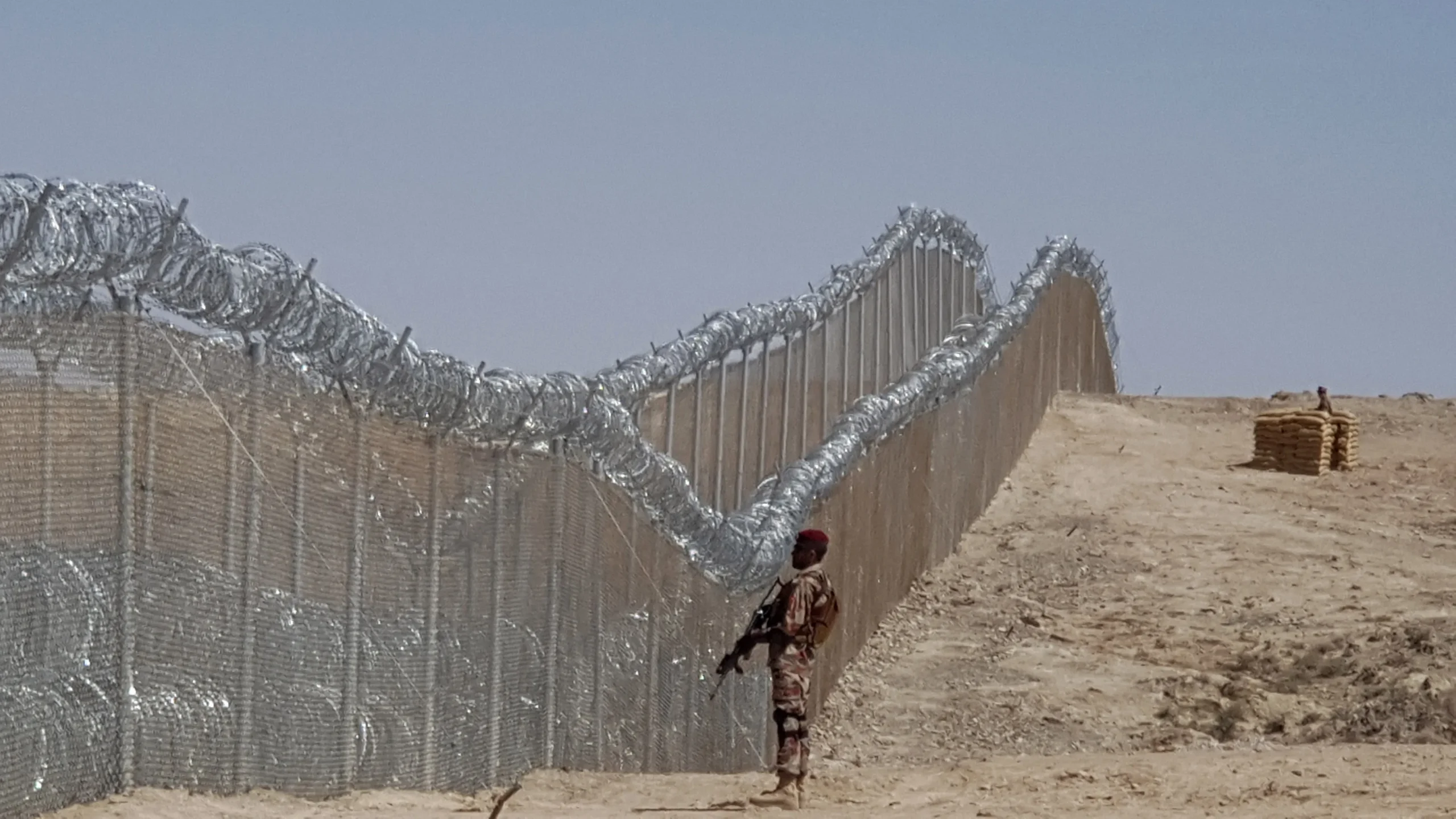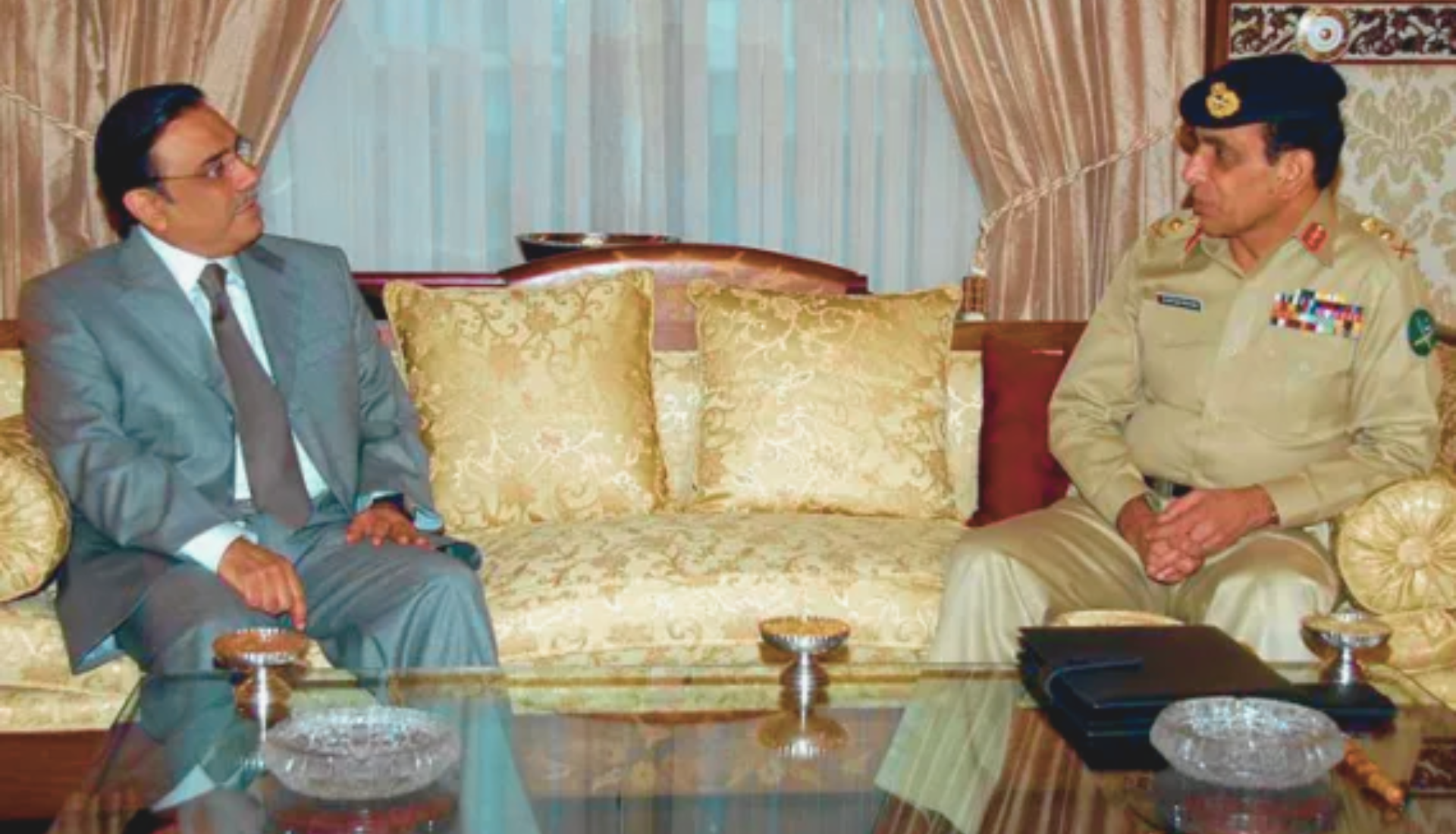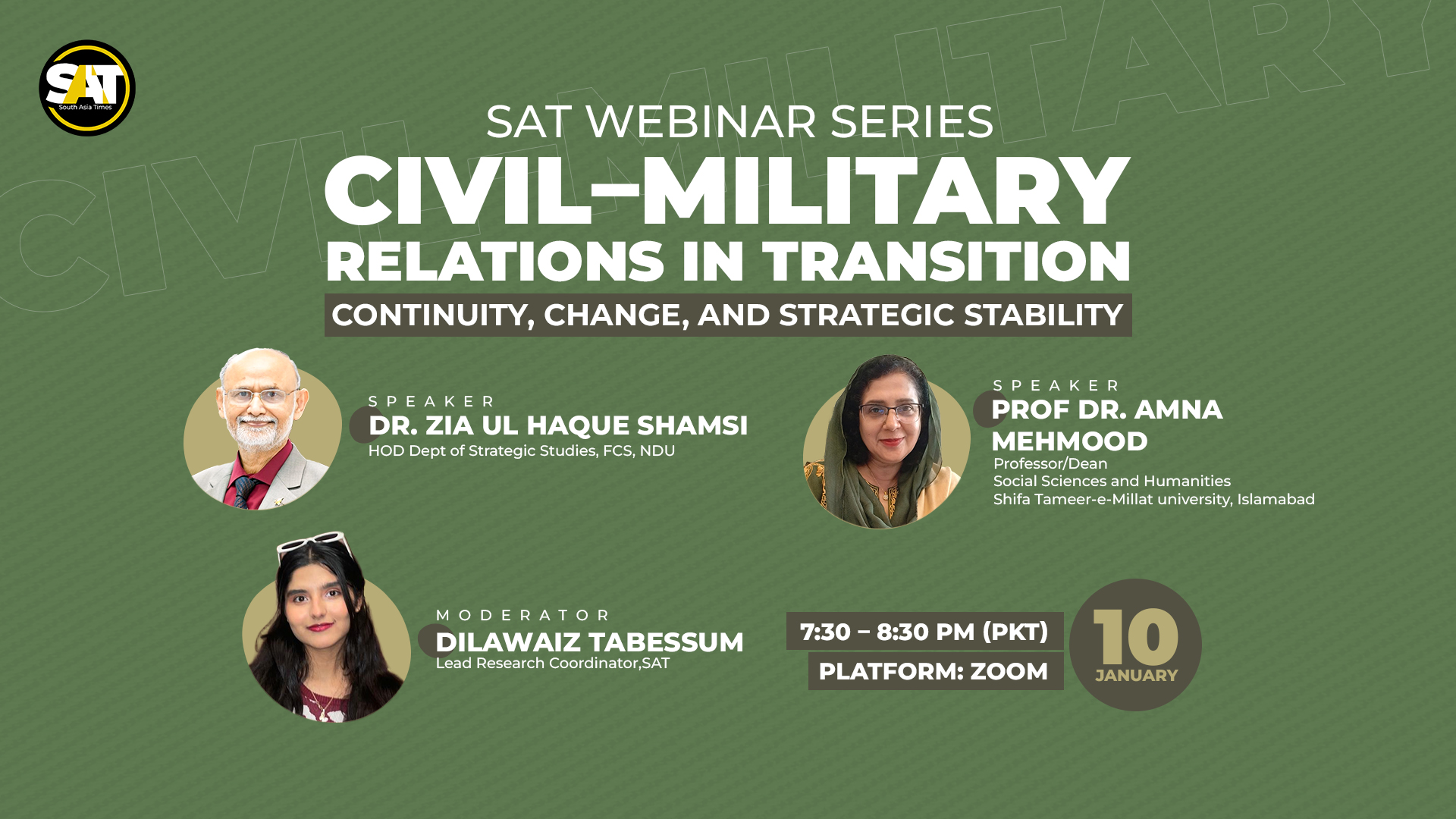As of now, all members recruited in the Indian armed forces are liable to serve for 17 years and are eligible for full military pensions and benefits. This has led to an increase in the average age of the Indian armed forces (37 years, compared with 24-25 years for NATO and China) as well as a ballooning bill for pay and pensions.
What is Agnipath?
Agnipath is a scheme through which this structure will be completely changed. Through this scheme, every year thousands of youth (aged 17 to 21-23 years) will be recruited for a period of 4 years. They will receive training for 6 months. Only one-fourth of these will be retained for the so-called “permanent job” slots and will be liable to serve for 15 more years. Others will be discharged. The soldiers recruited through Agnipath (dubbed “Agniveers”) will not be eligible for military pensions and benefits like medical care etc but they will be paid 11.7 Lakh Indian rupees upon the completion of their tenure. There will also be a quota of 10% for Agniveers in the Indian paramilitary forces (the CAPFs which include 7 different paramilitary and internal security organizations under the Ministry of Interior with a combined active strength of more than 2 million). In the first year, 46000 Agniveers will be recruited though the number will significantly increase in the following years. Lieutenant General B. S. Raju, Vice Chief of the Indian Army, has said that the number of Agniveers recruited each year will cross the figure of 150,000 by the 10th or 11th year of the scheme.
Eventually, the Indian Armed Forces are going to end up with a 66:34 ratio between agniveers and those with permanent jobs. It is projected that by 2044, all the non-officer ranks of the Indian armed forces will be comprised of those recruited through the Agnipath Scheme.
It should be noted here that as of now the Agnipath scheme is only limited to the non-commissioned ranks of the Indian armed forces. Despite widespread initial protests in various parts of India against the Agnipath scheme, the Indian government is solidly backing the scheme. Now, the protests have largely abated while the recruitment through the scheme is progressing at full speed.
Tangible Benefits of Agnipath for India
Even though the Indian government has tried to deny the fact that Agnipath’s origins lie in the financial problems facing the Indian defence establishment, it is a no-brainer that Agnipath is aimed to significantly reduce the expenditure on pay and pensions.
In 2022-23, India is poised to spend around 15 billion dollars on pensions alone.
Pensions constitute 23% of the Indian defence budget. If the sums allocated for pay and allowances are included, India spends about 60% of its defence budget on pays and pensions. In contrast, the procurement and equipment maintenance budget plus Research and Development comprises only about 28% of the total defence budget. Through Agnipath, India aims to taper down the pensions budget which would have ballooned further in the future. Eventually, only 34% of the non-commissioned ranks will be eligible for pensions, lightening the unproductive pension load significantly. The savings would then be diverted towards Research and Development, as well as to equipment procurement in order to modernize the Indian armed forces significantly at the expense of regional rivals.
The problem of an aged Indian army will also be solved through Agnipath. It is estimated that after a few years, the average age of the Indian army will reduce to 26 years from the current figure of 37 years. It is supposed that youthful and energetic soldiers will perform better than middle-aged soldiers with a guaranteed retirement package but no prospect of future promotion.
Possible Advantages/Prospects of Agnipath for India
Agnipath will multiply the number of recruits passing through the Indian Armed Forces’ structure manifold. In some years, millions of young people will have received quality military training from Indian military institutions. These people will also have experienced active service for a number of years.
In case of war, India will have a ready-made well-trained reserve to swell her military numbers at a moment’s notice.
This is especially concerning for a country like Pakistan which has an army 2.5 times smaller than India. By delegating supporting tasks to these “Agniveers” India could even achieve a numerical superiority of 1:6-8 on the battlefield against Pakistan. Less likely, if India ever faces a formidable opponent like China, these millions of Agniveers spread all over India could prove invaluable in stalemating China through urban and guerilla warfare. In short, the Agnipath scheme, if executed properly, will provide India with a well-trained reserve army that could serve India well in both offensive and defensive wars.
Through the immediate induction of many Agniveers into the Indian paramilitary forces, their quality and quantity will also improve with an influx of trained, able-bodied young men (and women). CAPFs are integral for internal security and border-guarding duties. For instance, most of the repression in the Indian Occupied Kashmir (IOK) is done through the Central Reserve Police Force (CRPF) which is one of the seven sub-organizations of the CAPF. Through Agnipath, India will be able to quash the freedom struggles in Kashmir and the North East more ruthlessly and effectively.
There is an important economic dimension to Agnipath as well. Every Agniveer will receive about 12 lakh Indian rupees as a lump sum at the end of tenure. This money will be tax-free. With this capital, many Agniveers with an entrepreneurial mindset will opt for opening small businesses and cottage industries in their home villages and towns. During the advertisement for Agnipath, the Indian government promised that skill-development programs will be provided for Agniveers during their tenure in the armed forces. If implemented accordingly, this will result in providing some Agniveers with the skills required to run profitable small businesses. Similarly, Agnipath can also help in providing skilled and disciplined labor for the burgeoning Indian industries. It is no wonder that many Indian industrialists have come out in support of the Agnipath scheme. This influx of skilled entrepreneurs and labour into the Indian society has the potential to benefit the already flourishing Indian economy further.
Millions of Agniveers in all strata of Indian society and in all regions of Indian geography will be a potent tool to smoothed the civil-military divide. Former servicemen always form a huge block of support for the armed forces in civil society. Now, Agnipath has the potential to exponentially increase the size of this block. As a result, Indian society will become more in tune with its military.
The Agniveers will also be very useful in replicating and implementing the Israeli settler-colonial model in IOK where multitudes of these trained men will be facilitated to settle in Kashmir and bully/repress the local Muslim population. That way, the Indian army will gain ample muscle for its genocidal policies in Kashmir.
Finally, there is the political dimension. It is no secret that the Hindutva goons and parties like the BJP are enamored with the Nazi model. The Nazis put great stock in their street power. They also favored the development of political paramilitary forces like the SA and SS of Hitler so that they could silence all dissent and control the society with an iron hand. Being inherently militaristic and aggressive, the Nazis also viewed the SS and SA as potential armies ready to quash minorities and dissenters within the country as well as partners for the regular armed forces in their wars of conquest and genocide.
Agnipath has the potential to create these political paramilitaries for the likes of Narendra Modi, Amit Shah, and Yogi Adityanath. The Agniveers will spend only four years in the army where they will learn hyper-nationalism, discipline, and the virtues of a hierarchical system that provides a “larger than life” purpose for their existence. Then, suddenly, after spending four precious formative years of life wearing a uniform with pride, they will be told to go back home. That’s where the benevolent Modi Ji will step in. He will offer them all the virtues, exhilaration, discipline, and thrill of military life with a grand purpose. And he will offer it all via home delivery! It will be no wonder if the BJP local cells recruit the bulk of retiring Agniveers right away, give them a smart uniform and before long we will be watching the marching uniformed columns of Hindutva’s pseudo-SS through the streets of Lucknow, Chennai, Banglore, Kolkatta, Chandigarh, Mumbai, and Delhi.
Soon, it will not be uncouth Hindu youth torturing stray Muslims in the streets but uniformed men and women hiding behind camp walls running a repression and torture apparatus for all those who defy Hindutva and Modi Ji for these “crimes” would prove that the person concerned is a bonafide traitor to mother India! And God forbid if we lose in a military confrontation with this fascistic horde of barbarians. Because then Auschwitz might be recreated near Lahore, Treblinka near Peshawar whereas Karachi might end up receiving the Warsaw treatment!
Pitfalls of Agnipath for India
Much there is between the cup and the tip of the lip!
On paper, Agnipath looks fine but implementing such a huge scheme properly is going to be a Herculean task for the Indian State and government. That is why the Indian government is initially launching Agnipath only for non-commissioned ranks. That is why the Indian government is only enrolling 46000 this year. To successfully accomplish the goals of India and Modi through Agnipath, training centres will have to deal with huge influxes of raw recruits. Many new training institutes will have to be created. Instructors and logistics will be quickly needed to get them operational. Skill development programs for Agniveers will have to be created from scratch. Then, jobs will have to be created for them in the industry, and the political cells of the BJP will have to be overhauled completely in order to effectively receive the retiring Agniveers. In short, both private and public spheres will have to seamlessly and synergistically cooperate to make Agnipath a success. Politicians and the military would have to work hand in glove in order to make Agnipath work.
If Agnipath doesn’t work, it will leave the Indian armed forces in shambles, and BJP/Modi with a red face and a sullied reputation. The Indian armed forces’ quality will greatly diminish with half-trained, unmotivated youth who will only be thinking of completing the tenure somehow. Untrained and unmotivated soldiers wouldn’t prefer to risk their necks and would prefer to run away rather than fight in battle. This would also lower the morale of other regular soldiers and might even precipitate a rout in an active military engagement. There might be more effective “swift retorts” to Indian provocations by Pakistan and China on the borders.
On the home front, the failure of Agnipath will generate a huge number of unemployed youth bent on creating trouble for the government. The opposition will get a huge stick to beat Modi with, and stage a comeback. Deep fissures might open between the military and the elected government. This will destabilize the polity further.
In short, the failure of Agnipath will leave India with unprofessional armed forces, a fractured polity, and hordes of angry youth hell-bent on creating mayhem. So, it wouldn’t be wrong to term Agnipath a make-or-break project for Hindutva, Modi, and India.
What should Pakistan do?
Well, the first thing Pakistan can do is to wake up and smell the coffee! Our Eastern neighbor, the one who has been determined to destroy us even before the birth of our state, is trying to revolutionize its society, polity, and military in order to enable it to launch a total war against Pakistan in pursuit of the holy grail of “Akhand Bharat”. The ultimate aim of Hindutva is to “cleanse” the sacred “motherland” stretching from Chittagong to the Hindukush of Islam. Sure, in their grand scheme, some Muslims would remain to serve the “masters” as serfs and slaves along with some Uncle Toms to crack the whip on behalf of the master. But the political, military, economic, social, and cultural power of Muslims will be completely extinguished if this comes to pass. Our nation needs to realize that these are the stakes in the geo-political (or dare I say geo-economic as well) game being played in the sub-continent since 1947.
A major reason behind Agnipath is the financial quagmire India’s defence establishment finds itself in. Pakistan is also poised to face the same problem in a few years. As of now, Pakistan’s total defence budget is 2209 billion rupees (if the pensions and military development program are included). Out of this, a mere 291 billion has been earmarked for armed forces. On the other hand, the pays and allowances for employees (567 billion rupees) and pensions (395 billion rupees) constitute about 44% of the total defence expenditure. We have to do something about the problem before it spirals out of control.
Strategically speaking, it has always appeared unsound that Pakistan replicates the defence doctrine inherited from the British who maintained a strict civil-military divide and entrusted only the regular armed forces with the defence of the realm. A more appropriate defence strategy for Pakistan would have been one of “People’s War”.
In contrast to the British, who ran a colonial exploitative empire and used the army, an Uncle Tom-esque force, to subjugate the people, Pakistan was founded as an ideological state. In such states, every citizen is responsible for defence and security not just the men in uniform. The people and armed forces must be one, and this can only be accomplished if the bulk of the young population gets actively involved in military training and also serves inside the active ranks.
We are confronting an implacable enemy 7 times our size. We can’t expect to win if we are to use the same means with similar efficiency. We need other solutions. Unconventional and revolutionary solutions like the concept of the People’s war. But the surreal reality is that it’s the larger country that is waking up earlier than us and is trying to actively involve its population in the country’s military activities and jettisoning the colonial models. We, on the other hand, seem to be living in a world of wishful thinking, spurious prophecies, institutional inertia, political bickering, and a severe identity crisis.
Since India has launched the Agnipath, it also affords Pakistan an opportunity.
The Indian execution of this scheme should be meticulously studied while working on a better defence model based on the concept of the People’s War for Pakistan. The lessons from India’s experience should be included to suitably modify our own scheme. It is the need of the hour that we quickly establish and effectively implement a national security model to include the bulk of our population in active defence service and training. We need to solidify our ideology as the intellectual basis of that model and then use it to bridge the civil-military divide and galvanize the whole population as one in the defence of our sacred country.
Agnipath might end up doing wonders for India’s military capacity in the same way Narasimha Rao’s liberalization of the economy delivered a paradigm shift for the Indian economy in the 1990s.
When Pakistan was fast asleep or busy in a three-way contest for power between Nawaz Sharif, Benazir Bhutto, and the military, India was taking steps that would make her the economic giant she is today with an economy 11 times the size of Pakistan (In 1988, it was about 7 times the size of Pakistan). If we remain in slumber while India launches and executes the Agnipath, it is quite possible that 20 years later India will have a military capacity 7 or 8 times that of Pakistan. Is such a slippery slope on the relative national power differential between Pakistan and India sustainable for Pakistan’s existence? Or does this expanding gap herald the birth of “Akhand Bharat” over Pakistan’s demise? Point to ponder…
The views expressed in this article are the author’s own. They do not necessarily reflect the editorial policy of the South Asia Times.





